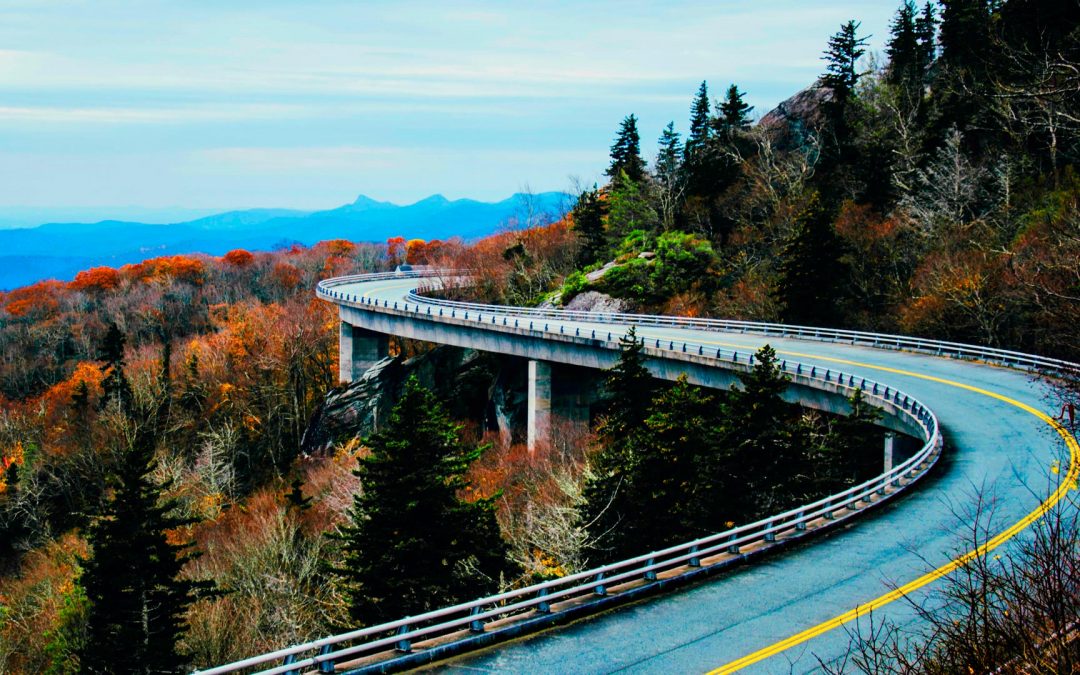There’s a certain amount of excitement that goes along with packing for your motorcycle tour. Whether it’s a guided motorcycle tour or an unguided motorcycle tour, a long tour or a short tour, there is nothing like the feeling of finally loading up and heading out after weeks of planning.
Knowing what to bring and what not to bring is no easy decision so we’ve decided to help you out. We’ve asked our team and past tour members for any tidbits that they wished someone had told them when they first started touring. Check out the list below for their answers.
- Never walk into a hotel and book. Always call or check online (via your phone) and you will almost always get a much better deal than if you negotiated with the front desk in person. Even if you’re calling from the parking lot (don’t tell them that though), you can often negotiate for a better deal by leveraging the fact that you can go somewhere else.
- Don’t fold but instead roll your clothing. By rolling up your clothing and stacking stuff vertical as much as possible, you’ll be able to fit more items than you can by folding things.
- Wash with baby detergent. Wash any clothing items with baby detergent (especially t-shirts, socks, and underwear). Baby detergent has additives to reduce the amount of chafing. I use Dreft Stage 1 Laundry Detergent
and have been very pleased with the results.
- Use your toolkit. Do your motorcycle maintenance using the tools inside of your portable toolkit. By doing that, you can adjust your kit to what you’ll actually need in an emergency. The toolkit I use and always carry on my bikes is the metric Stockton Roadside Tool Kit. In my case, I need the metric version but they do have an SAE Stockton Roadside Tool Kit toolkits also available. If you already have the tools but need a good case, I would take I look at Teutonic Tool’s Roll-Up Bag.
- Practice, practice, practice. While you can do emergency repairs on your bike’s tires on the side of the road, you don’t want that experience to be your first. Practice repairing your tires from the comfort of your garage or driveway. Since I change my own tires, I practice a couple of times on my old tires before swapping for new rubber. This is really important if you have tubed tires as there’s more work involved with those.
- Fill up when you hit 1/2 tank and always keep an emergency fuel can. This is especially true if you travel a lot in the southwest where you can go a full gas tank before even seeing another gas station. I use the MSR Fuel Bottle. I usually strap it onto the back of my passenger backrest, or I can squeeze it into any extra space inside my saddlebags.
- Test your rain gear BEFORE your trip. During the middle of a thunderstorm is not the best time to find out your new rain gear, with all the power of Aquaman, diverts the whole Pacific and Atlantic Oceans down your back. Test it before you need it to make sure it works.
- Invest in some durable saddlebag liners. They will make the process of unloading your bike after a long ride soooooooooooooooooo much easier. Find some that are waterproof with padded handles and you will think it’s the Second Coming of Jesus Christ. Okay, maybe that’s pushing it. You will be happy though. My favorite bags ones are my Hopnel HDKC Kooler Saddlebags.
- Wear a dogtag with your name, contact info, and basic medical info. If you ever get into an accident in the middle of nowhere, it’ll make the EMT’s job much easier.
- Follow the 6-1 plan when planning tours. Six days maximum of riding, one day of rest. Your body will thank you for it.
- Plan your stop wisely. To make the next day of riding easier, when you stop for the night, stop on the far side of the city you’re in. By doing this, you won’t have to worry about excessive traffic the next morning.
- Keep a spare key. Give it to your riding buddy (and you take his spare). If you’re going solo, hide it somewhere on your bike (zip ties or duct tape can work wonders).
- Be real with your mileage limits. On twisty backroads, 250 miles is a lot of riding. On that same token, 250 miles on Interstate slab is nothing. Plan your daily limits based on those facts.
- Buy that shiny new GPS you’ve been eyeballing for months. You probably won’t need it that much but it can be a lifesaver when you’re lost in the middle of the nowhere, with no cell phone reception, 1/8 a tank of gas left, and hungry buzzards flying overhead looking at you.
- Learn to eat in the off-hours. Schedule your meal stops outside the hours of 8 am, 12 pm, and 6 pm to get in and out with the least amount of rush hour hassles.
- Keep organized. One thing I learned from the military is organizing. Keep multiple days in order by keeping everything for each day in a separate envelope. Stuff everything related to your trips like maps, notes, hotel reservations, tickets, and more. I use V-Story’s Poly Envelopes
and beside them being water-resistant, I can place my route notes on one side and my route map on the other side for easy viewing and quick access during a red light or some other quick stop.
- Look over your bike every morning. A T-CLOCS inspection takes mere minutes but can keep you safe on the road. You thought T-CLOCS was some famous rapper? Don’t know how to do a T-CLOCS inspection? Check out our blog article on how to properly do a T-CLOCS inspection.

